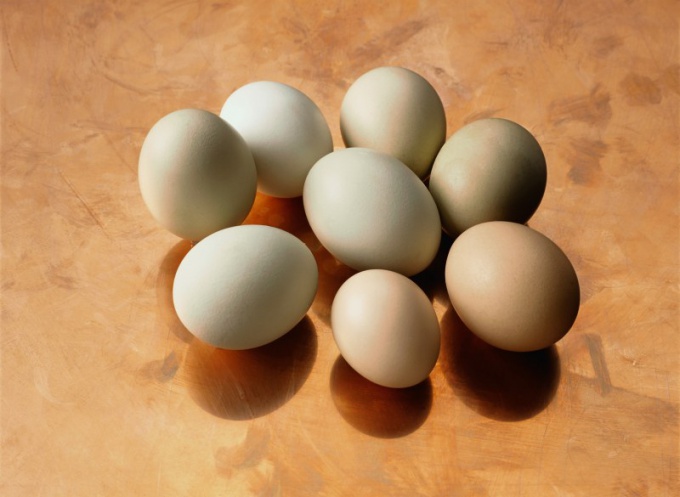For many centuries eggs are part of the diet in human nutrition. This product is very rich in essential human body amino acids, contains many vitamins such as A, D, B, E, Biotin, choline, calcium, iron, magnesium, phosphorus, zinc, and other nutrients. They are almost completely absorbed by the human body. Eggs have a limited shelf-life. It depends on certain conditions which retain the egg.
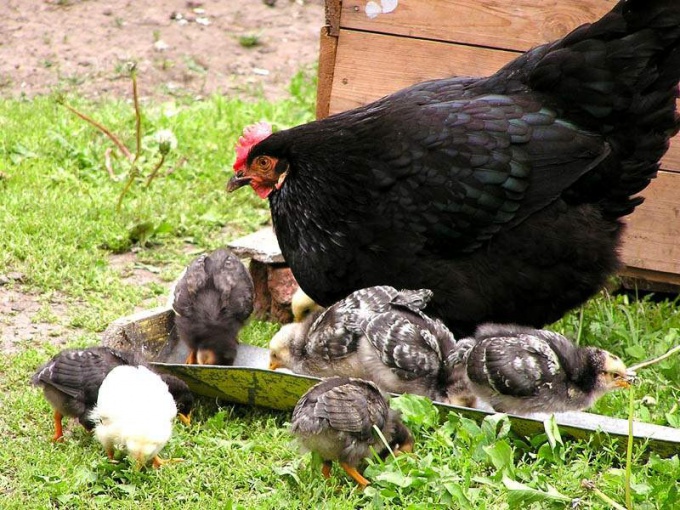
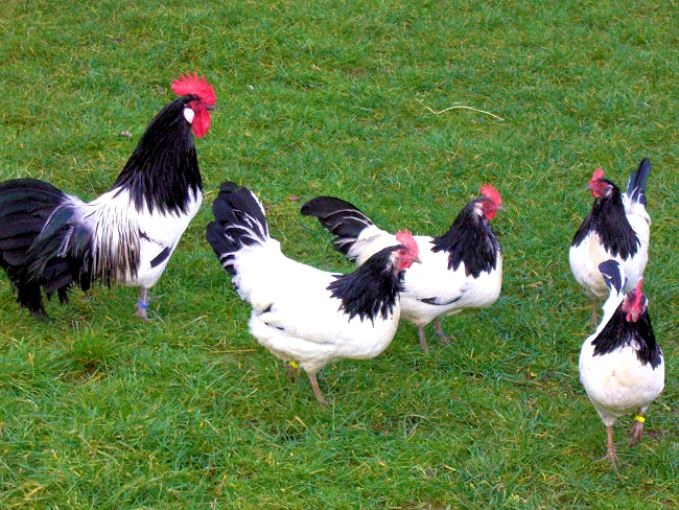
Store-bought eggs and home differ primarily according to their taste. This is because the villagers have chicken diet is very different from what gets chicken at a poultry farm. There they are kept in cages and feed receive a special, focused on the production of eggs or for building mass.
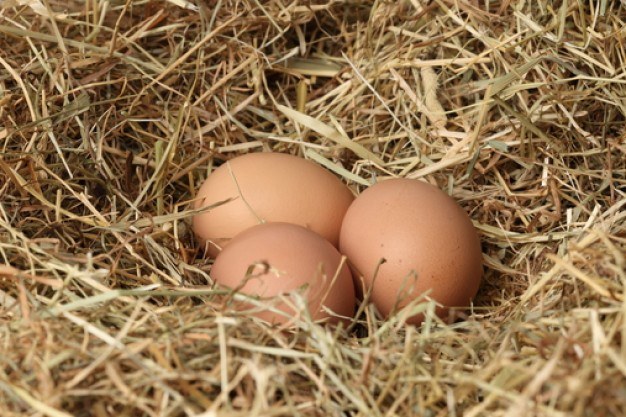
Eggs vary in and color. Have chicken eggs, the color is pigment in the shell, in the outer layer. It can be shades ranging from snow-white to dark brown. The color of the eggs depends on the breed of chicken is a hereditary characteristic, like the plumage colour.
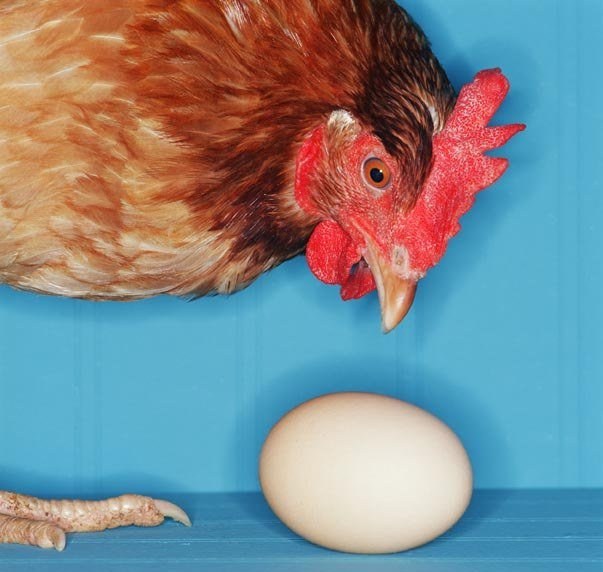
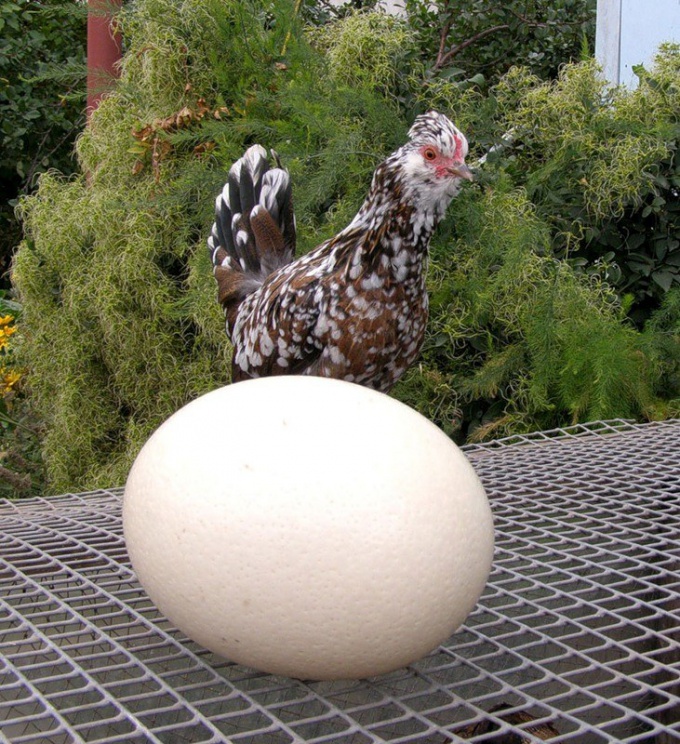
To a greater extent eggshell will depend on the breed. Therefore, to predict which eggs will demolish the chicken in advance. Of course, this is correct not 100%, but in most cases the calculations are correct. Mistakes are rare, but sometimes within the same breed hens can lay different color eggs.
To determine what eggs will carry the chicken, you have to look at her ear lobe. If the color is white, the chicken will carry light balls, if color is red, the eggs will be brown. Brown eggs attached to the pigment protoporphyrin, which is in the formation of the shell producing cells in the lining of the uterus. And in South America were found amazing chicken without a tail, but with horns, that is feathered growths in the place where the animals grow horns. These hens lay eggs of a bluish-green color.
In honor of the breed this breed tribe of Indians breed called "La araucana". In America, in the middle of the last century, egg chicken araucana was worth ten times more expensive than usual. It was thought that they reduced the amount of cholesterol and minerals a lot more than usual. That in addition to the color of the shell, nothing, they are no different from ordinary eggs, it turned out much later. Now bred araucana bearing and blue and green and pink and yellow eggs.
In part on the color of the eggshell may affect the diet of birds if some of the amino acids in short supply, coloring eggs markedly weakens the intensity. The quality does not suffer.

Than eggs differ

Store-bought eggs and home differ primarily according to their taste. This is because the villagers have chicken diet is very different from what gets chicken at a poultry farm. There they are kept in cages and feed receive a special, focused on the production of eggs or for building mass.

Eggs vary in and color. Have chicken eggs, the color is pigment in the shell, in the outer layer. It can be shades ranging from snow-white to dark brown. The color of the eggs depends on the breed of chicken is a hereditary characteristic, like the plumage colour.

Why do chickens lay eggs of different colors

To a greater extent eggshell will depend on the breed. Therefore, to predict which eggs will demolish the chicken in advance. Of course, this is correct not 100%, but in most cases the calculations are correct. Mistakes are rare, but sometimes within the same breed hens can lay different color eggs.
To determine what eggs will carry the chicken, you have to look at her ear lobe. If the color is white, the chicken will carry light balls, if color is red, the eggs will be brown. Brown eggs attached to the pigment protoporphyrin, which is in the formation of the shell producing cells in the lining of the uterus. And in South America were found amazing chicken without a tail, but with horns, that is feathered growths in the place where the animals grow horns. These hens lay eggs of a bluish-green color.
In honor of the breed this breed tribe of Indians breed called "La araucana". In America, in the middle of the last century, egg chicken araucana was worth ten times more expensive than usual. It was thought that they reduced the amount of cholesterol and minerals a lot more than usual. That in addition to the color of the shell, nothing, they are no different from ordinary eggs, it turned out much later. Now bred araucana bearing and blue and green and pink and yellow eggs.
In part on the color of the eggshell may affect the diet of birds if some of the amino acids in short supply, coloring eggs markedly weakens the intensity. The quality does not suffer.
